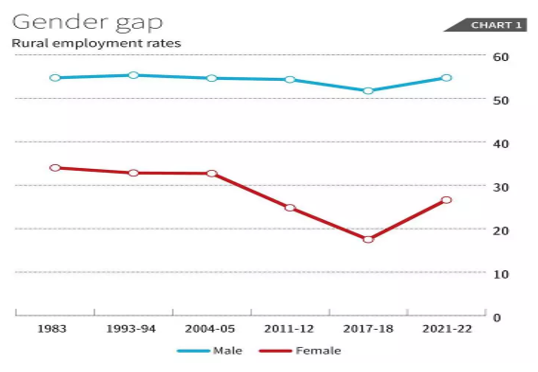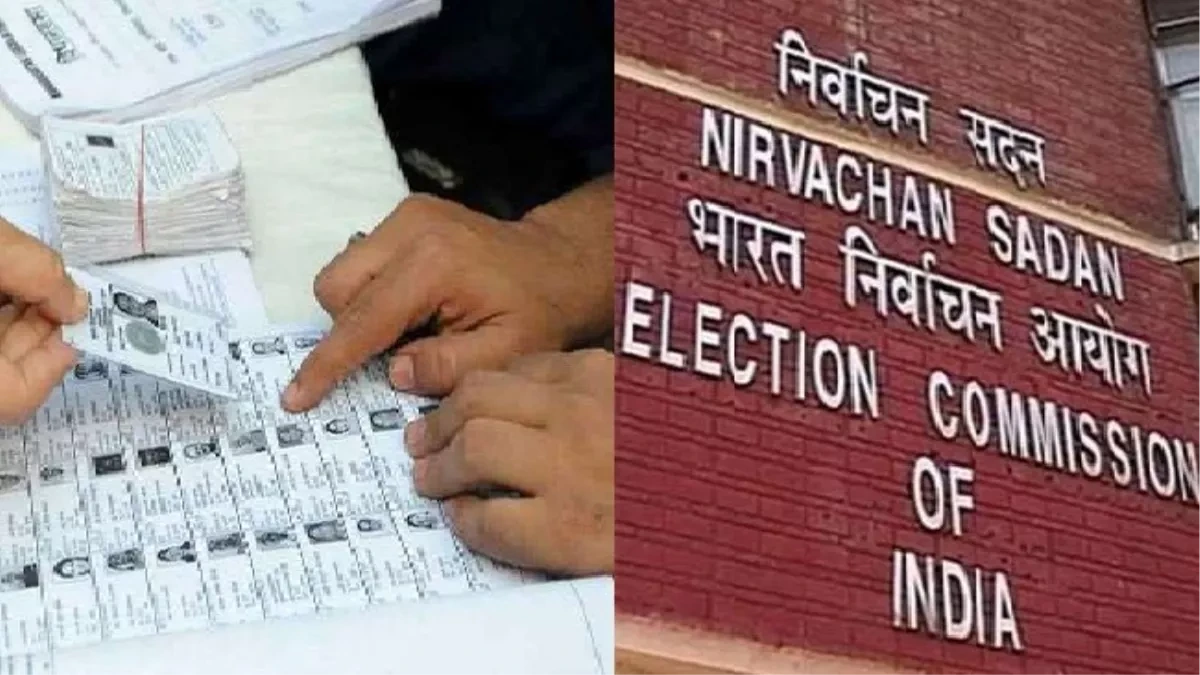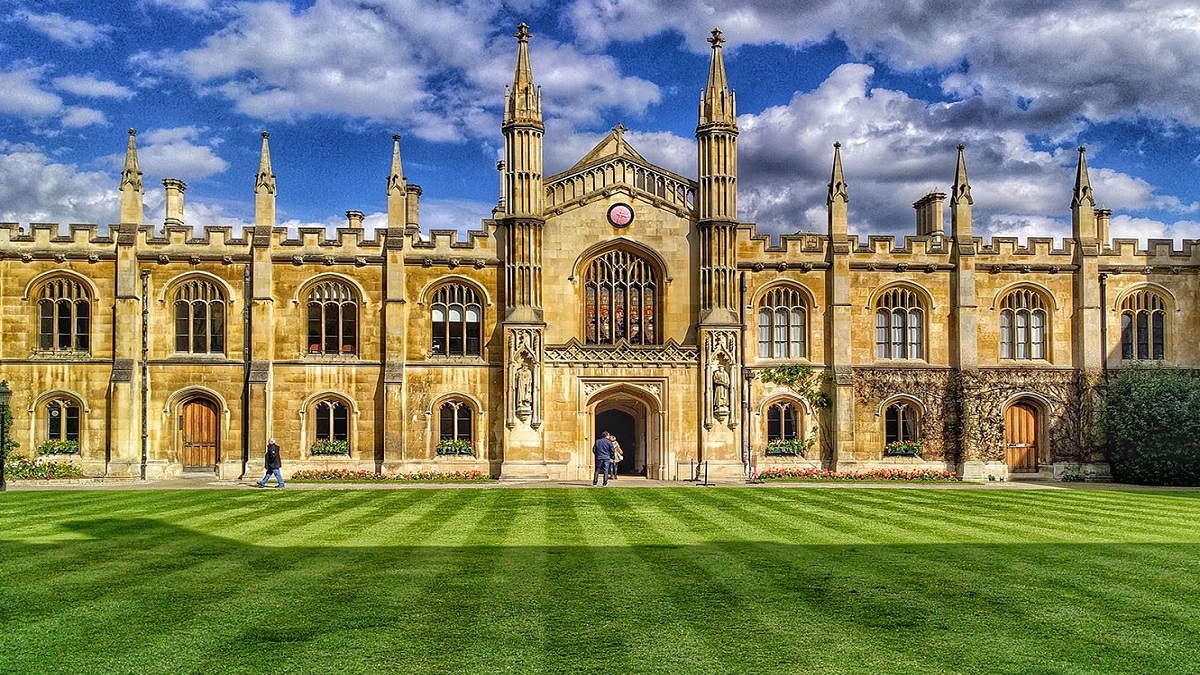- Courses
- GS Full Course 1 Year
- GS Full Course 2 Year
- GS Full Course 3 Year
- GS Full Course Till Selection
- Answer Alpha: Mains 2025 Mentorship
- MEP (Mains Enrichment Programme) Data, Facts
- Essay Target – 150+ Marks
- Online Program
- GS Recorded Course
- Polity
- Geography
- Economy
- Ancient, Medieval and Art & Culture AMAC
- Modern India, Post Independence & World History
- Environment
- Governance
- Science & Technology
- International Relations and Internal Security
- Disaster Management
- Ethics
- NCERT Current Affairs
- Indian Society and Social Issue
- NCERT- Science and Technology
- NCERT - Geography
- NCERT - Ancient History
- NCERT- World History
- NCERT Modern History
- CSAT
- 5 LAYERED ARJUNA Mentorship
- Public Administration Optional
- ABOUT US
- OUR TOPPERS
- TEST SERIES
- FREE STUDY MATERIAL
- VIDEOS
- CONTACT US
Rural poverty declines but lifestyle issues emerge
Rural poverty declines but lifestyle issues emerge
07-08-2023

Background
- Basically, India is a country of contrasts, where rapid economic growth coexists with high level of poverty and social problems.
- India is predominantly a rural country with almost 2/3 of its population and around 70% of its workforce living in rural areas.
- Rural economy constitutes almost 46% of India’s National Income. So, growth and development of rural population is a key to overall growth and inclusive development of the country.
- Contrary to the common perception about predominance of agriculture in the rural economy, about 2/3 of rural income is now generated from non- agricultural activities but this huge growth of the non-agricultural sector in rural India has not brought much employment.
What are the signs of improvement visible in rural living standards in India?
- Income Levels: Increasing rural incomes due to growth in agricultural productivity, better access to markets, and non-agricultural employment opportunities is indicating towards improved living standards.
- Education: Higher enrolment rates in schools, improved literacy rates, and increased availability of quality education facilities has contributed to better living standards.
- Healthcare Services: Better access to healthcare facilities, reduced infant and maternal mortality rates, and improved healthcare infrastructure is pointing towards enhanced living conditions.
- Basic Infrastructure: Progress in rural electrification, road connectivity, and access to clean energy, drinking water and sanitation facilities reflects improved infrastructure and living conditions. Under Ujjwala 1.0 scheme, the target was to provide LPG connections to 50 million women from BPL households by March 2020. Under Ujjwala 2.0, an additional 10 million LPG connections were to be provided to the beneficiaries.
- Agricultural Growth: Adoption of modern agricultural practices, improved irrigation facilities, and increased crop yields contribute to higher rural incomes and living standards.
- Housing Conditions: Upgraded housing structures with better amenities, construction materials, and sanitation facilities showcase improving living conditions.
- Financial Inclusion: Increased availability of banking and financial services, along with greater participation in formal financial systems, indicates economic progress.
- Social Welfare Programs: Successful implementation of government programs targeting poverty alleviation, women's empowerment, and social development has positively impacted rural living standards.
- Technology Access: Greater access to mobile phones and the internet can improve communication, access to information, and market opportunities for rural residents.
- Entrepreneurship and Rural Enterprises: Growth of local businesses, entrepreneurship, and cottage industries has created job opportunities and enhance economic stability.
- Reduction in Open Defecation: Government initiatives like Swachh Bharat Abhiyan have led to a reduction in open defecation, which improves public health and sanitation. Over 1 lakh villages declared themselves as ODF (Open Defecation Free) Plus.
- Nutrition and Food Security: Improved food distribution systems, government subsidies, and awareness campaigns have contributed to enhanced nutrition and food security.
What are the challenges in development of Rural India?
- Poverty and Inequality: High levels of poverty and income inequality persist in rural areas, leading to disparities in living standards and limited access to basic necessities.
- Agricultural Distress: Agriculture remains the primary livelihood for many rural residents, but challenges like outdated farming practices, lack of access to modern technology, water scarcity, and fluctuating market prices affect agricultural productivity and incomes.
- Lack of Education: Limited access to quality education, inadequate infrastructure, teacher shortages, and high dropout rates hinder educational attainment in rural areas.
- Healthcare Deficits: Rural communities often lack access to proper healthcare facilities, qualified medical professionals, and essential medical supplies, leading to poor health outcomes and increased vulnerability to diseases.
- Infrastructure Gaps: Insufficient road connectivity, lack of access to electricity, inadequate sanitation facilities, and unreliable water supply systems restricts overall development and quality of life.
- Unemployment and Underemployment: Limited non-agricultural employment opportunities result in high levels of unemployment and underemployment, particularly among the youth, leading to low incomes and reduced economic growth.
- Gender Inequality: Rural women face discrimination, limited access to education, healthcare, and economic opportunities, and lack of decision-making power, contributing to gender disparities and social inequities.
- Land Ownership and Tenancy: Issues related to land ownership, tenancy rights, and land reforms can hinder rural development by affecting land productivity, livelihoods, and access to credit.
- Environmental Degradation: Unsustainable agricultural practices, deforestation, and lack of awareness about environmental conservation contribute to environmental degradation and loss of natural resources.
- Access to Financial Services: Limited access to formal financial institutions and credit facilities has restricted rural entrepreneurship and economic development.
- Social Exclusion: Marginalized groups such as Scheduled Castes, Scheduled Tribes, and indigenous populations often face discrimination and exclusion from development opportunities.
- Migration: Lack of opportunities and amenities in rural areas lead to rural-to-urban migration, straining urban infrastructure and contributing to overcrowding in cities.
- Poor Governance and Corruption: Weak local governance structures, corruption, and inefficient administration can hinder the effective implementation of development programs and allocation of resources.

Conclusion and Way Forward:
Addressing these challenges requires a comprehensive approach, involving government policies, community engagement, private sector involvement, and civil society initiatives. Additionally, area specific solutions that consider the unique characteristics of different regions within rural India are essential for sustainable and inclusive development.
Must Check: IAS Coaching Centre In Delhi



